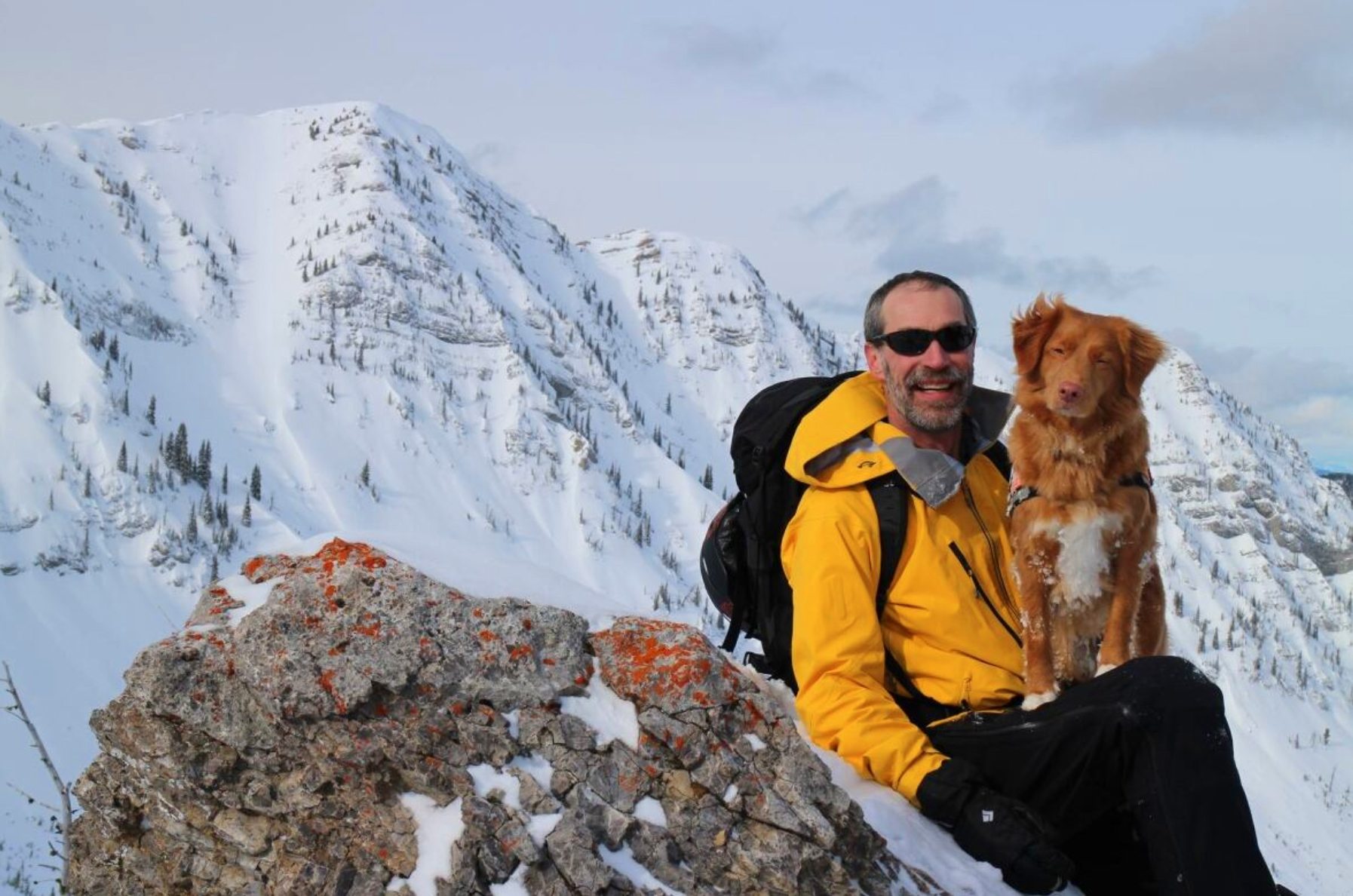Avalanche Canada — Is the snowpack improving?
The question we’ve been asking, is the snowpack improving, is being addressed by Avalanche Canada forecaster Ilya Storm’s post; Yes, No, Maybe So.
It all depends where you are.
But that’s not terribly insightful or helpful. So let’s step back and add some details about how different snowpacks may evolve, and hopefully heal as we head into Christmas.
The juicy “atmospheric river” storm is exiting the Fernie-Lizard-South Rockies corner of BC & Alberta today and precipitation amounts are impressive. (For example both the Coquihalla and Fernie saw more than 100 cm of snow in 24 hours and storm snow totals close to 150 cm.) A storm of this magnitude significant impacts the snowpack and avalanche conditions of southern BC: avalanche hazard rose to HIGH with a widespread large avalanche cycle from the Coast Mtns. across to the Rockies. This is because snow hates rapid change and is especially sensitive to rapid loading. Snowfall intensities between two and ten centimetres per hour over the course of a day or two were common. With these critical loading rates avalanche forecasting, and decisions about travelling in the mountains, was relatively straight forward. Hide!
What happens next depends in part on the structure of the underlying snowpack (summarized a few days ago in the blog Tricky snowpacks and an atmospheric river) but it’s safe to say the snowpack will take longer (possibly much longer) to gain strength and heal, decision-making confidence is reduced, and mountain travel will be trickier.
Forecasting avalanches more than two or three days in the future is challenging so looking ahead to next week (Dec 23 to 27) is fraught with risks. But this is what we’re looking at:
South Coast (including Sea to Sky and Inland areas), Purcells (near Golden, Invermere, Kimberley), and South Rockies: These regions are the areas of most concern because they share a common problem — deep weak layers of either sugary facets on a crust or depth hoar. Assume these deep persistent weak layers extend over 100% of the terrain. The recent widespread large avalanche cycle cleaned out most BUT NOT ALL start zones. The remaining terrain will be primed for triggering and there’s no reliable way to know slope history and differentiate the good from the bad.
Interior BC (North Columbia, South Columbia, Kootenay Boundary): These regions share two common surface hoar layers from earlier in December and deeper down a layer buried in late November. It’s likely the upper layer was thoroughly tested by this storm; however, the deeper November layer, down well over a metre below the surface, is harder to predict. For both these layers, anywhere they remain it will take several days for them to adjust to the new load. The good news is that in the long term they’ll be stronger because of this storm. But for the next few days there may still be reasons for concern.
Mental Map:
1. Confidence is low and uncertainty is high. One reason is because little or no visibility means pros in the field haven’t been able to figure out patterns around what’s running, what’s not, how big they are, if they’re stepping down to deeper layers, etc. We use patterns in past avalanche to help forecast future one. The second reason is there are too many physical variables to forecast how fast a deep weakness will heal with much precision.
2. The solution to rock-bottom confidence is keeping wide margins for safety. In other words approach your terrain selection with discipline, limit exposure to terrain with consequence and don’t rush into terrain too fast.
3. Real world data, observations, and time is required to understand what’s been happening in the mountains, how the snowpack is adjusting, and if layers are healing. I’m going to be scrutinizing avalanche observations, studying snow profiles, talking to professionals to gauge their thinking.
So my advice is to read the Avalanche Forecast for the latest information and thinking. You’re likely to see Danger Ratings go down, but the Headlines help you interpret these ratings and the Travel Advice helps steer you to where and how to approach your day. If your training and experience are a notch higher also head to the Avalanche Observation and Snowpack sections. This is where you’ll find more detailed information to help provide a more nuanced understanding and decision making.
I know patience and caution aren’t welcome words on a powder day. What can I say other than it’s easier to forecast increasing hazard with incoming storms than it is to figure out how to get back into the terrain as the snowpack recovers after a storm departs.
Happy Holidays!
ilya storm











Comments